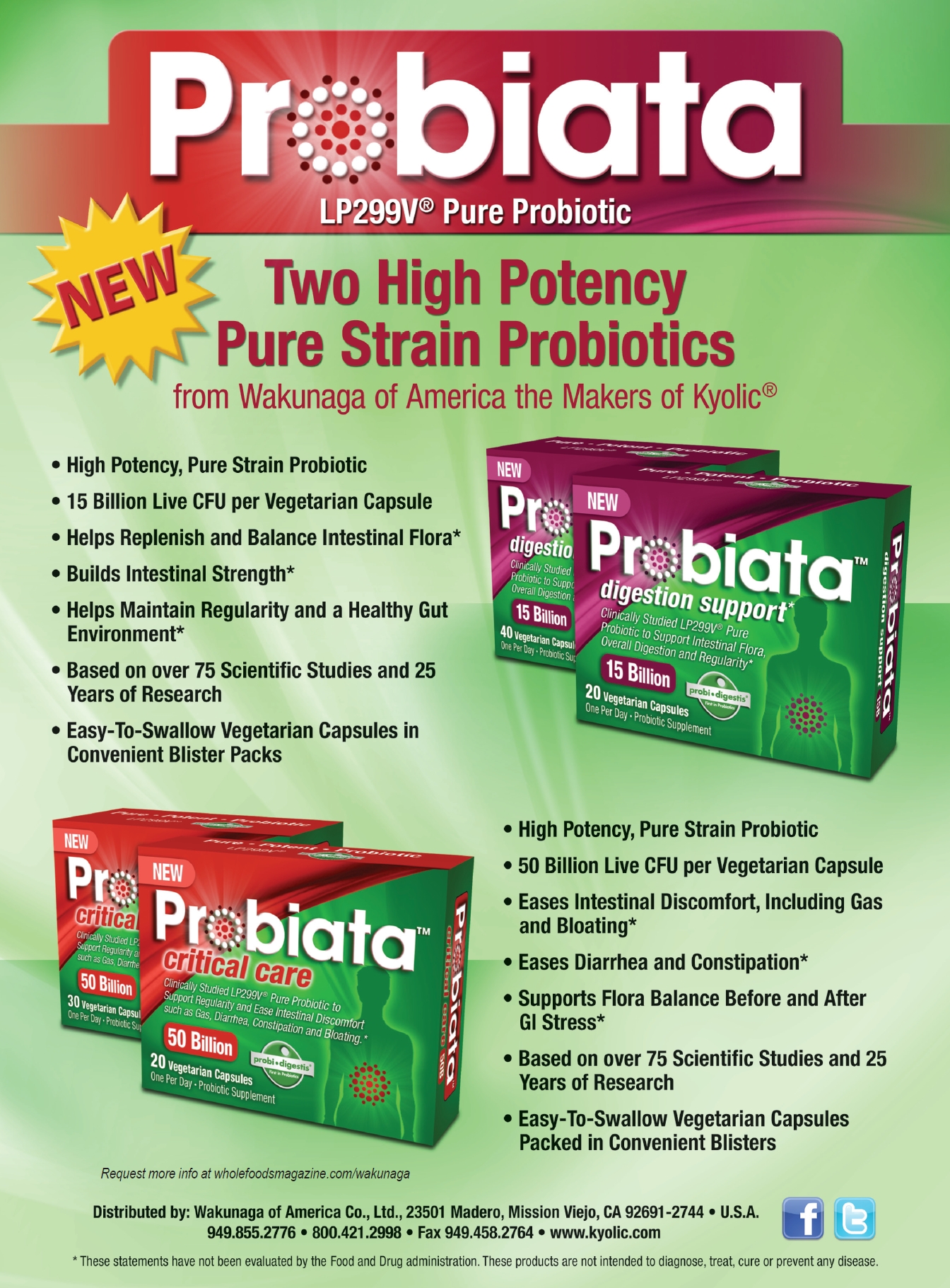Whole Foods Market has been aggressively trying to shake the “Whole Paycheck” reputation for years, but a recent tweet by a faithful shopper may have set the chain back a few steps back in this endeavor.
The situation involved a suspicious, high-priced item sold at one Los Angeles location: asparagus water. That’s right, asparagus water—literally three stalks of asparagus swimming in a bottle of water—sold for $5.99 per bottle. The same location, the same day, priced an entire bundle of asparagus at $5.
As the shopper, also an editor at Los Angeles magazine, tweeted about the nonsense product, “Somewhere in L.A., Whole Foods executives are laughing at all of us.”
While some companies extract essence of fruits, vegetables and herbs to enhance bottled water, this was not one such case. Whole Foods admitted this store’s attempt was an epic fail and immediately pulled the garbage from shelves. It tried to move on—but not before news of ridiculous, overpriced vegetable water lit up social media with jokes and mockery of the chain.
People felt taken advantage of and conned, and I don’t blame them. Whoever made the decision to stick this product on shelves must have had the mentality that health food shoppers will buy anything if they think it’s healthy. They must have felt abusing this trust was a savvy way to make money. And, they  couldn’t have been more wrong.
couldn’t have been more wrong.
Could this happen in your store?
What’s in Your Product?
Hearing this story may have made you smirk or shake your head. And while it seems like just an isolated case of bad retailing, I think it’s actually an apt reminder about the commitment this industry has to its shoppers on two levels.
Shoppers choose you, the retailer, to be their sieve in this crowded natural foods market and only select products you stand behind on shelves. Yes, they want great taste. Sure, they want efficacy. And of course, they want legitimacy and transparency. Combining these demands at retail isn’t as straightforward as outsiders may think it is.
Your job becomes even more critical as shoppers become increasingly sold on a specific hot nutrient or ingredient. You also have to consider whether the product and format makes sense. Sometimes, an ingredient really doesn’t absorb well topically, for instance, but it ends up on the label of a cream because it’s hot in the supplements category. The delivery method for a nutrient is sometimes a consumer’s choice, but many times the processing and delivery are key to efficacy. Manufacturers have to be honest about that reality, and retailers need to call out the ones that fail.
Likewise, meaningful amounts of active ingredients often need to be used in products, and not just a dusting of ingredient X so that the label can say it’s there. That’s why, in my opinion, formulating with “it” ingredients puts extra responsibility on the shoulders of companies to create products that make a realistic impact and contribution to health, not just one that will sell. Shoppers will be able to tell the difference after one purchase, and sometimes just from a keen eye at the shelf.
And when products fall very, very short from careless or intentionally subpar recipes, the entire industry loses because of mistrust from shoppers. This industry faces enough arrows aimed at its trustworthiness from the media, other industries and some lawmakers. It’s a shame to instigate them from within with products like “asparagus water.” WF
Kaylynn Chiarello-Ebner
Editor/Associate Publisher
Published in WholeFoods Magazine, September 2015










